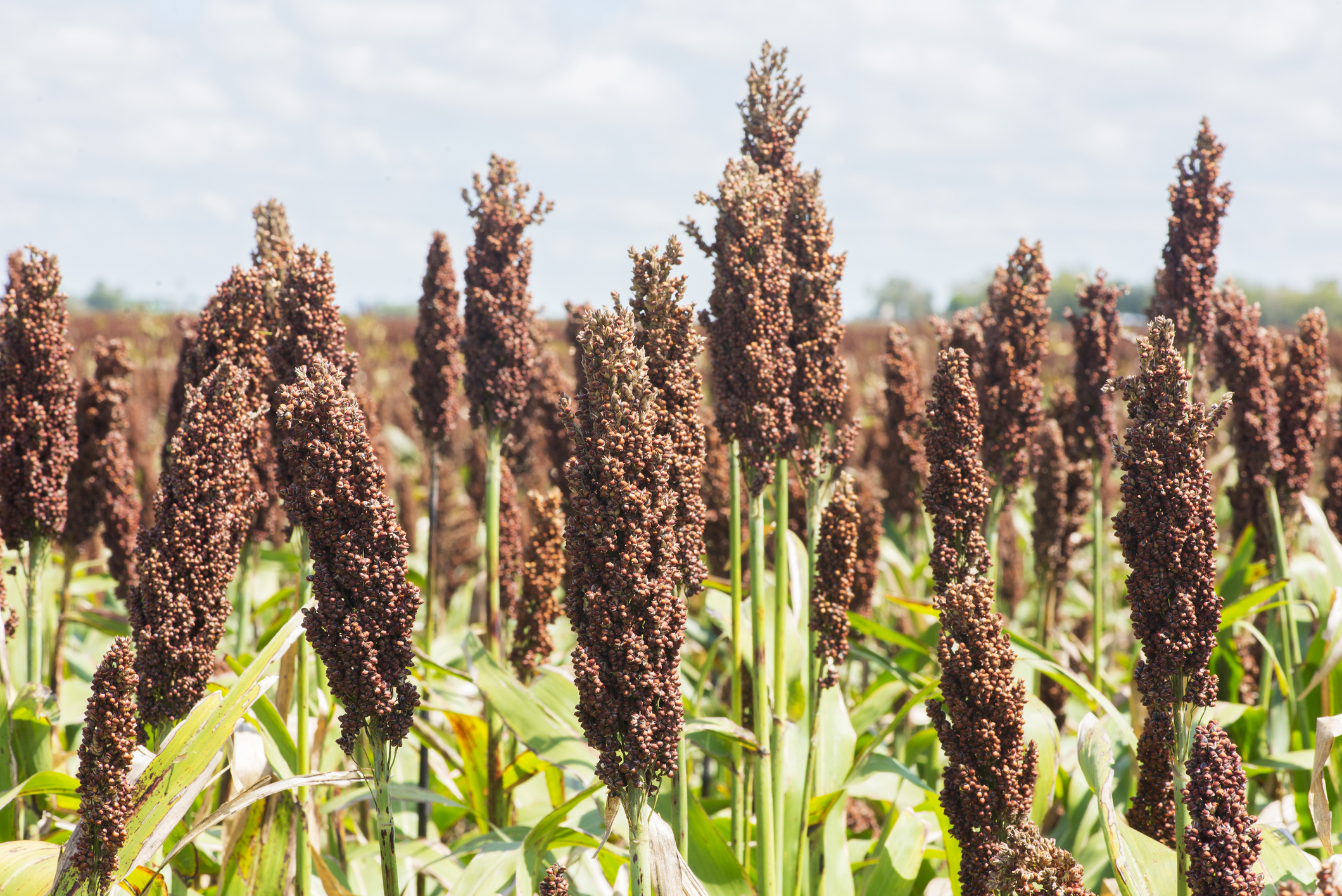Autumn’s seasonal temperature fluctuations are in full swing — and so is the threat of toxins and nitrates that can damage sorghum forages and livestock.
Prussic acid (also known as hydrocyanic acid) is the culprit for toxicity among sorghum forages during the fall season, according to NDSU specialists. Sorghum plants release the compound under various stress-inducing conditions, such as drought , chemical applications, frost, and grazing. These conditions can lead to the rupture of plant cells and the subsequent acid release.
Once released, the plants become toxic to livestock, especially rapidly growing leaf tissue and the higher leaves of the plant. Prussic acid can interfere with oxygen intake in an animal's body cells, and it remains a persistent threat, with even light frosts failing to eliminate its danger.
Experts note that while cattle can process and detoxify a significant amount of low-level exposure to prussic acid, regrowth of the plant crown after a light frost can be dangerous. Removing cattle from areas where sorghum grows until a full, killing frost occurs is the most effective way to prevent toxic exposure.
Fall also ushers in the threat of nitrate build-up in the stems of sorghum plants, which can harm livestock if concentrations are high enough. Cloudy weather and the cold temperatures of fall contribute to high levels of nitrates during regrowth, which cannot be eliminated by drying the forage for hay.
Experts at NDSU have compiled a full list of important precautions and strategies to reduce the threat to sorghums. Below are several highlights to note:
If managing cattle around sorghum plants is an annual challenge for your growing operation, your nearest John Deere dealer can help you find the right equipment to keep threats at bay.
